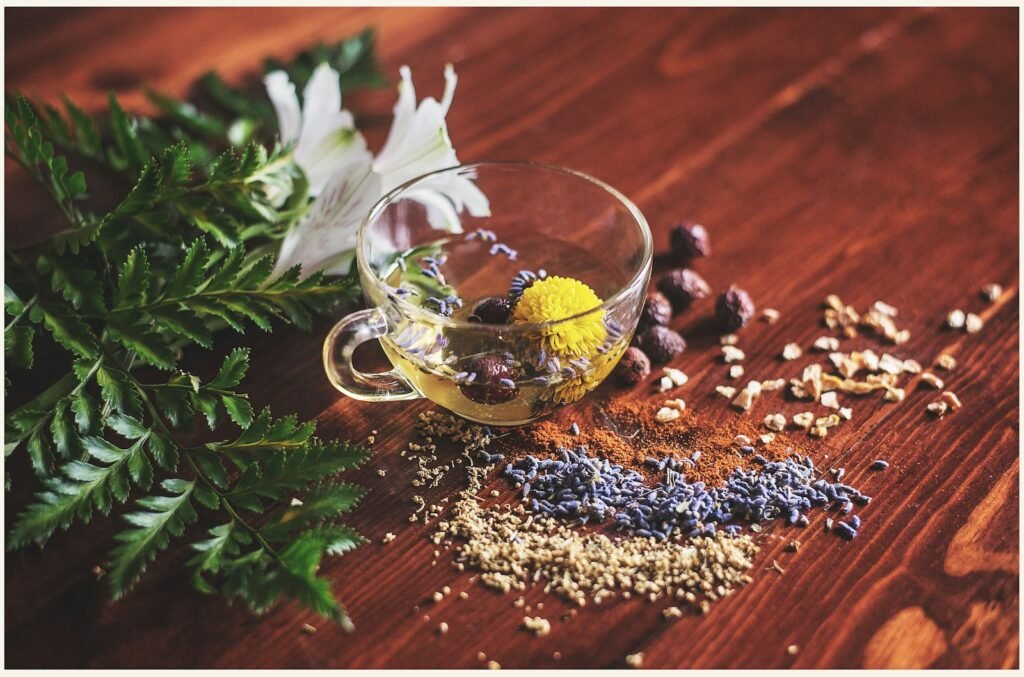Imagine wandering through a misty forest at dawn, dew clinging to your boots and the scent of crushed herbs mingling with the cool air. Somewhere in the distance, a figure bends over a bubbling pot, muttering words older than memory. What if I told you that this ancient scene is more connected to the world of white lab coats and modern pharmacies than most people ever dream? The line between a witch’s brew and a pharmacist’s prescription is thinner than it seems. Hidden in the roots, leaves, and stones of folk potions are echoes of the very medicines that fill our cabinets today. Let’s embark on a journey through time, myth, and molecules to discover how the magic of old spells lives on in the science of today.
The Roots of Folk Healing: A Universal Language
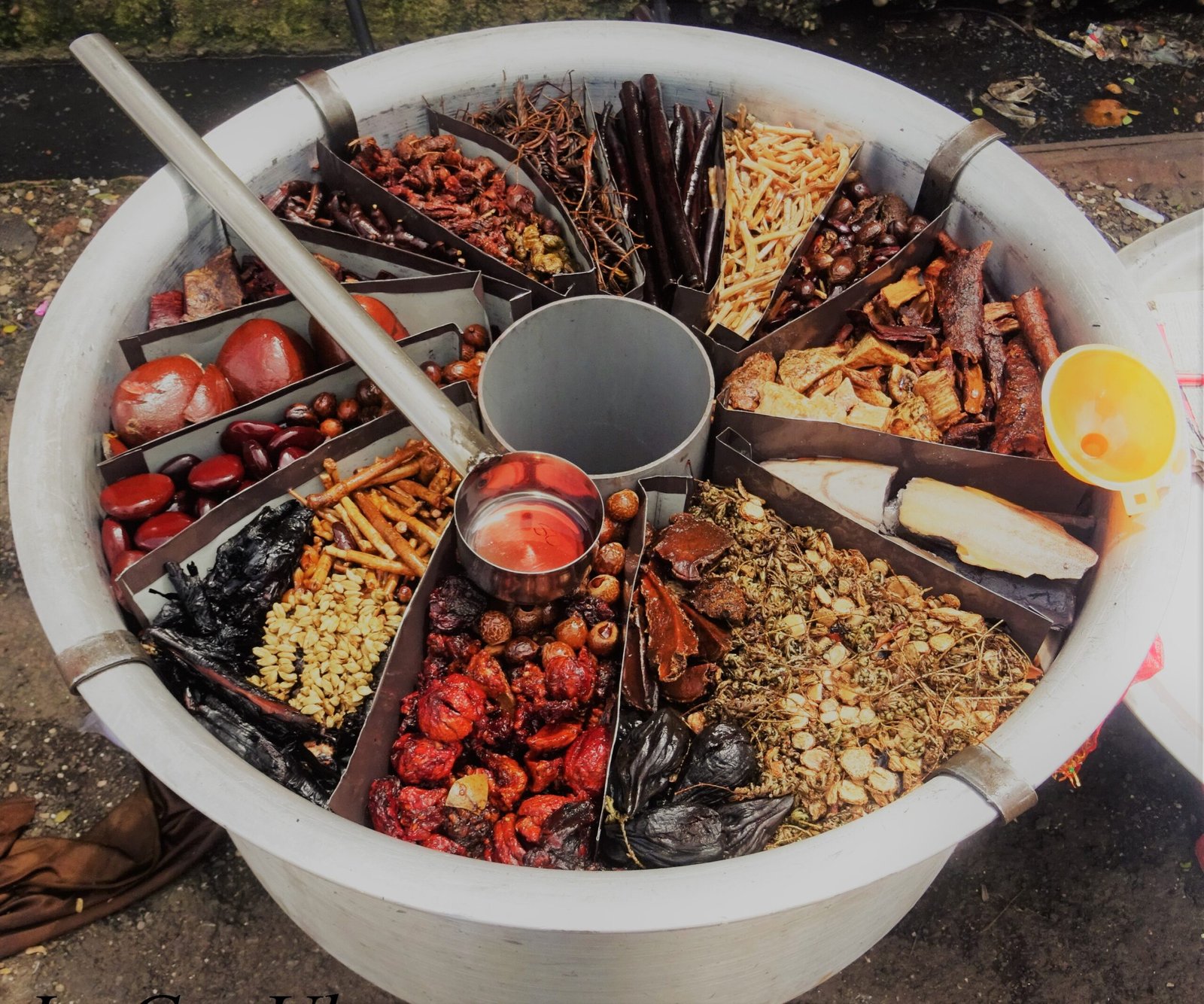
Long before microscopes and clinical trials, communities turned to the natural world for healing. From the rainforests of South America to the moors of England, people learned which plants soothed pain, healed wounds, or even brought on visions. This wasn’t just guesswork; it was a slow accumulation of knowledge passed down like precious family recipes. Many folk traditions, from Native American herbalism to traditional Chinese medicine, used similar ingredients for similar ailments. This remarkable overlap suggests a kind of universal language—nature communicating its secrets through shared human experience. Even today, scientists often look to these traditions for clues about which plants might hide powerful compounds.
Mandrake and Morphine: The Power of Alkaloids
The mandrake root, twisted and human-like, was once believed to scream when pulled from the earth. Folk healers prized it for its supposed magical properties—sleep, love, and even death. But beneath the folklore lies the science of alkaloids, powerful chemicals found in many plants. Mandrake contains substances similar to atropine, which can induce sleep and numb pain. Fast-forward to the modern world, and morphine—extracted from poppies—uses related chemistry to relieve agony in hospitals. The line between myth and medicine blurs here: what was once witchcraft is now pharmacology.
Willow Bark and Aspirin: Pain Relief Across the Ages
In medieval Europe, willow bark tea was a common folk remedy for headaches and fevers. Healers might not have known the term “salicylic acid,” but they saw its effects. Centuries later, chemists isolated this very compound and refined it into aspirin, now a household staple. This leap from potion to pill is astonishing, but it’s not unique. It shows how the old wisdom of the forest floor eventually crystallized into scientific fact. Aspirin is still one of the world’s most used medicines—proof that ancient spells can echo in every medicine cabinet.
Garlic: Witch’s Protection and Modern Antimicrobial
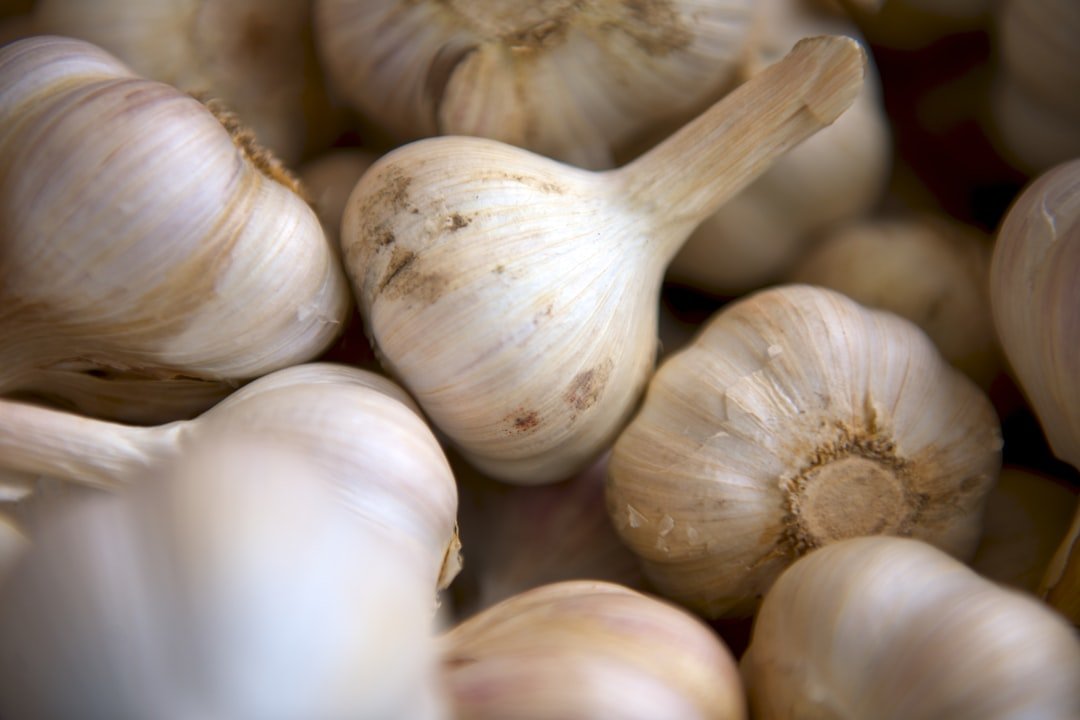
Garlic has always had a special place in folk magic. Hung above doors to ward off evil or tucked beneath pillows to chase nightmares, it was a staple in the kitchens and cauldrons of the old world. Modern science confirms that garlic is far from mere superstition. It’s packed with allicin, a compound with potent antibacterial, antiviral, and antifungal properties. Studies show garlic can help fight infections and even lower blood pressure. The next time you flavor your soup with garlic, you’re stirring a bit of old-world magic into your modern meal.
Honey: Nature’s Elixir of Healing
Honey glows with a golden light in both folklore and science. Ancient Egyptians used it to treat wounds, while druids called it “liquid sunlight.” At first glance, this could seem like poetic nonsense, but the truth is just as sweet. Honey’s natural enzymes produce hydrogen peroxide, making it a gentle yet effective antimicrobial. Doctors today use special medical-grade honey to heal burns and chronic wounds. The same sticky substance that once sweetened witch’s brews is now found in hospital dressings, bridging centuries of healing knowledge.
Nightshade: From Poison to Prescription
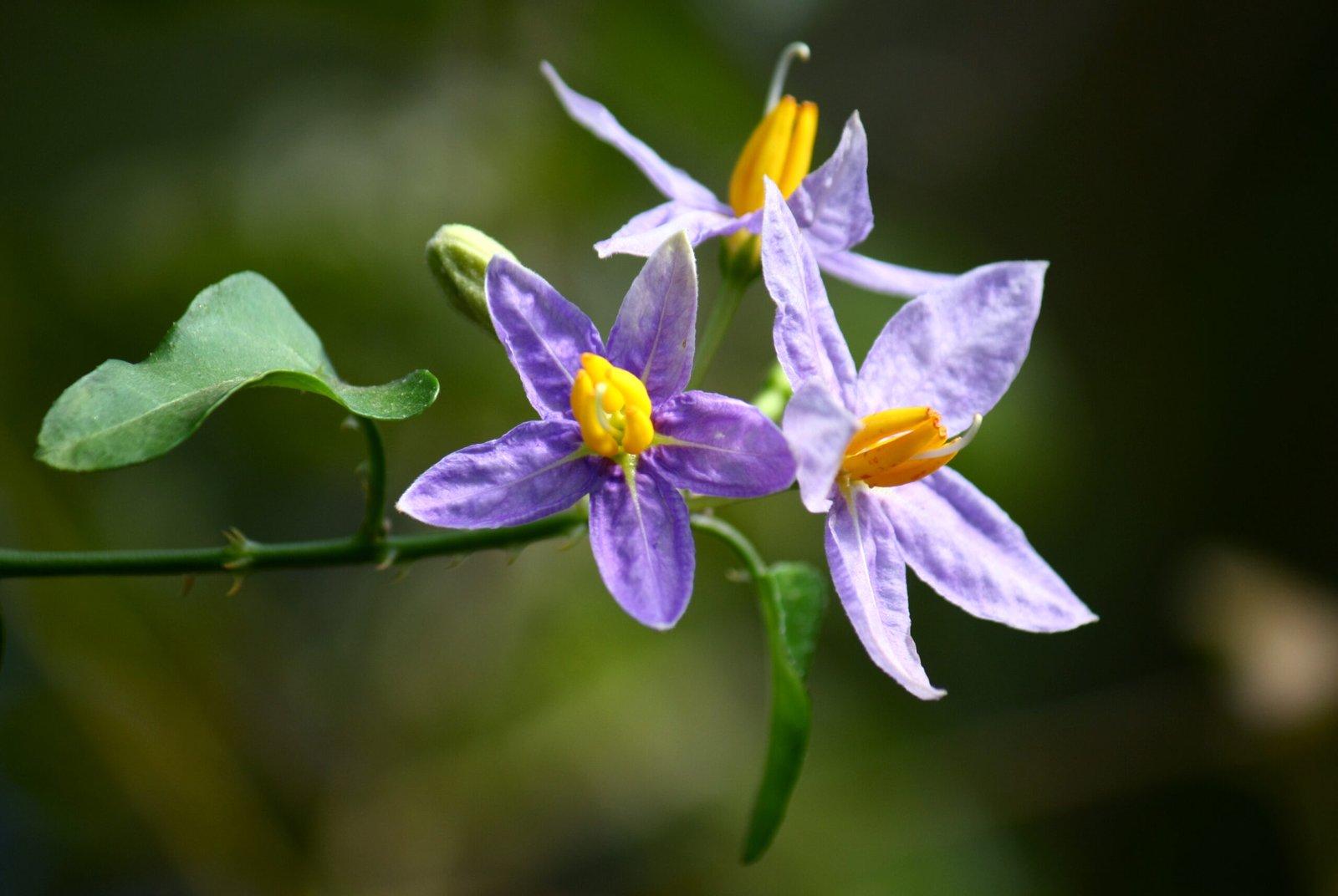
Deadly nightshade—the infamous belladonna—was both feared and revered. Witches were said to use it for flying ointments, while healers used it in tiny doses for pain and muscle spasms. Modern medicine still relies on compounds from this plant, most notably atropine, which treats heart problems and dilates pupils during eye exams. The difference between remedy and poison is often just the dose, a lesson known to both medieval herbalists and today’s doctors. Nightshade’s shadowy reputation is matched only by its powerful medical uses.
Mugwort: Dreamwork and Digestive Aid
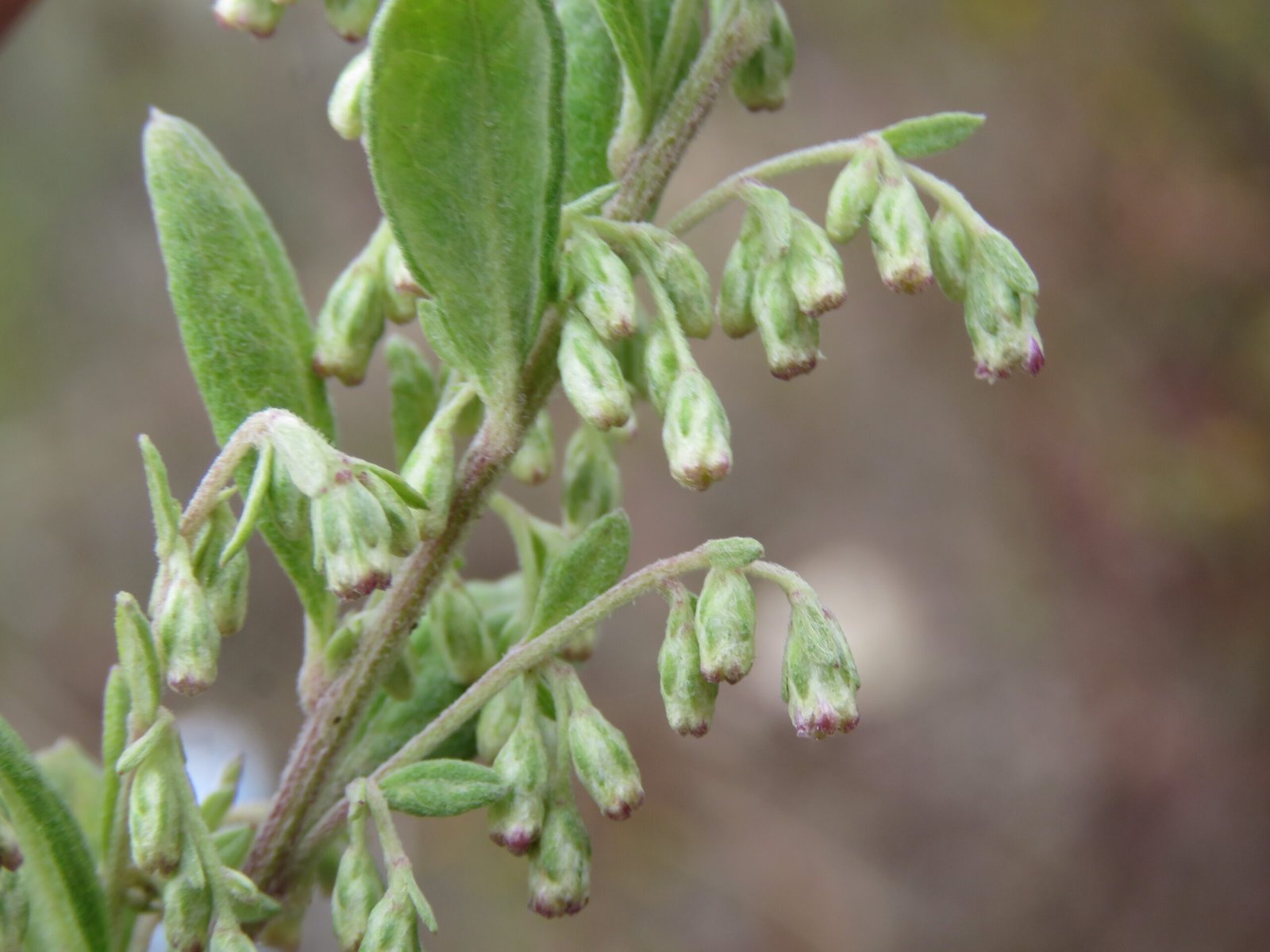
Mugwort’s silvery leaves were thought to open the gates to dreams and protect travelers from harm. Folk healers burned it as incense or brewed it into teas. Today, mugwort is recognized for its mild sedative effects and its ability to ease digestion. Some cultures still use it in rituals, while others appreciate its calming properties in herbal teas. This humble weed connects nightly dreams to daily wellness, showing how folklore and modern herbalism often walk hand in hand.
Valerian Root: Calming the Mind, Old and New
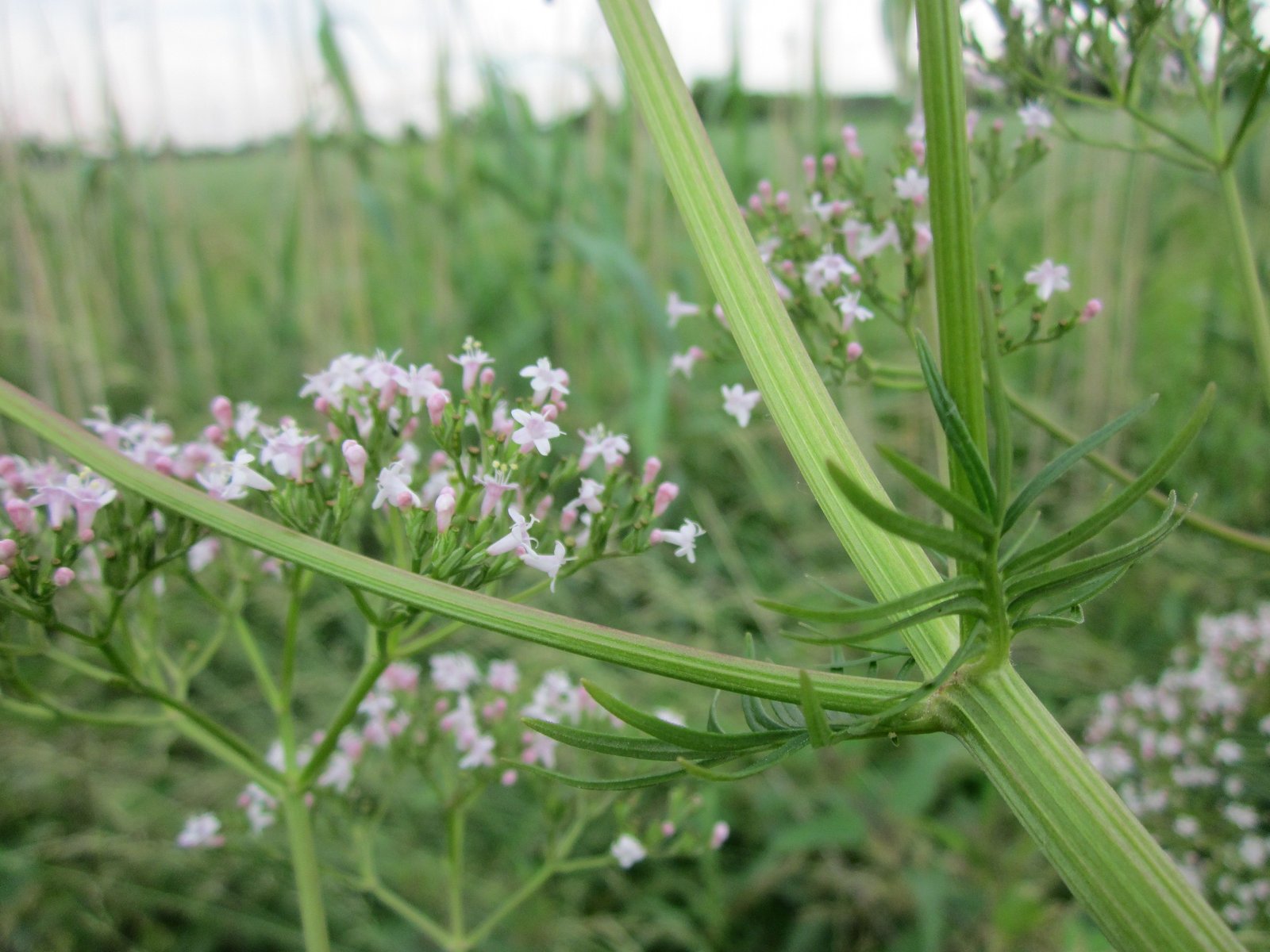
Valerian root might smell like old socks, but its reputation as a natural sedative is legendary. Ancient Greeks prescribed it for insomnia and anxiety, while witches tucked it in pouches to calm the mind. Science has since uncovered that valerian contains compounds that interact with GABA, a neurotransmitter that soothes brain activity. Today, valerian supplements are a popular non-prescription remedy for restless nights, proving that even the oddest roots can carry real relief.
Yarrow: Wound Healer of Warriors and Soldiers
Yarrow’s delicate, feathery leaves have patched up wounds for millennia. Achilles himself, legend says, carried yarrow into battle to treat bleeding soldiers. Folk remedies often called for yarrow poultices to stop bleeding and speed healing. Modern research confirms that yarrow contains flavonoids and alkaloids that reduce inflammation and help blood clot. During World War I, soldiers found yarrow growing wild and used it to treat wounds in the trenches—a living testament to its enduring power.
Lavender: Scented Spells and Stress Relief
Lavender’s soothing scent drifts through both old spellbooks and modern spas. Witches used it for love potions and to ward off evil, believing its fragrance could calm troubled spirits. Science now knows that lavender oil can reduce anxiety, improve sleep, and even ease pain. Aromatherapy with lavender is a staple in holistic medicine, and clinical studies back up its calming effects. The sweet smell of lavender links the mystical with the medical, offering comfort across centuries.
Sage: Purification Rituals and Immune Support
Bundles of sage smoke have long cleared negative energy from sacred spaces, but they’ve also played a role in health. Folk healers used sage teas for sore throats, coughs, and digestive woes. Recent studies reveal that sage contains antioxidants and anti-inflammatory compounds, supporting the immune system and even improving memory. While burning sage for “cleansing” remains a ritual, sipping sage tea is a practical nod to both tradition and science.
St. John’s Wort: Light in the Darkness

Bright yellow St. John’s Wort once hung above doorways to ward off evil and drive away sadness. Folklore claimed it captured the power of the sun. Today, this herb is famous for its antidepressant effects. Scientists have identified compounds like hypericin that influence mood-regulating neurotransmitters. While it’s not a cure-all, St. John’s Wort remains a popular herbal supplement for mild depression—proof that even old superstitions can shine a light on real solutions.
Elderberry: Potions for Sickness and Immune Boosting
Elderberry syrup was a common remedy for colds and flus in old European villages. Witches and wise women brewed it into thick, dark potions to ward off winter illness. Modern research shows elderberries contain anthocyanins, which support immune function and may help shorten the duration of colds. Elderberry supplements have surged in popularity, especially during cold season, showing how ancient potions sometimes hold up under scientific scrutiny.
Foxglove: From Witch’s Garden to Heart Medicine
Tall, regal foxglove graced both cottage gardens and witch’s patches, but its beautiful bells hid a dangerous secret. Folk healers used tiny amounts for dropsy (what we now call heart failure), but the plant could easily turn deadly. In the 18th century, scientists isolated digitalis from foxglove, revolutionizing the treatment of heart conditions. Today, digitalis-based drugs remain vital for certain heart patients. The plant’s dual nature—healer and killer—reminds us how carefully science must walk the line of nature’s pharmacy.
Licorice Root: Sweet Spells and Soothing Relief
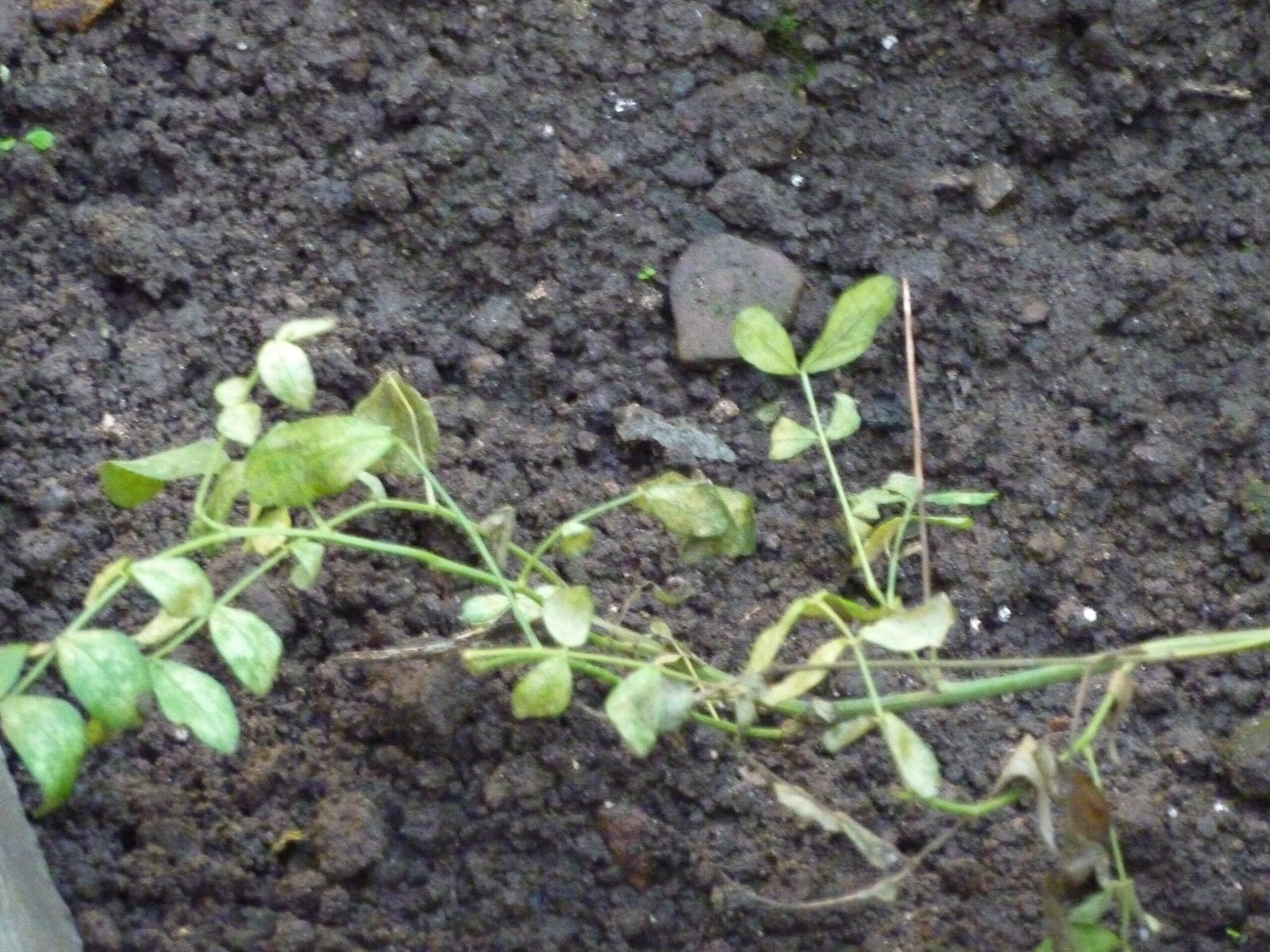
Licorice root sweetened old love potions and soothed sore throats in folk remedies from China to Europe. Its natural glycyrrhizin compound has anti-inflammatory and antiviral properties. In modern medicine, licorice is used in some cough syrups and digestive aids, though it must be taken with care due to its powerful effects on blood pressure. The root’s journey from sweetener in spellwork to ingredient in pharmaceuticals showcases the overlap of comfort and cure.
Rosemary: Memory, Magic, and Modern Science

Rosemary’s evergreen aroma filled both kitchens and cauldrons, believed to sharpen memory and protect against evil. Shakespeare himself wrote, “There’s rosemary, that’s for remembrance.” Modern studies suggest rosemary’s essential oils may indeed boost cognitive function and mood. The herb’s antioxidants and anti-inflammatory agents are now being explored for their potential in supporting brain health. Rosemary’s dual life as a symbol of remembrance and a real mental booster makes it a perfect example of folklore meeting fact.
The Alchemy of Tradition and Science
Looking at the journey from folk potions to modern medicine, it’s clear that the wisdom of our ancestors was more than just superstition. Hidden inside every spell ingredient is a story—of careful observation, trial and error, and enduring hope. Science hasn’t replaced folk healing; it’s decoded its secrets, translating magic into molecules and ritual into research. The next time you use a plant for healing, remember you’re part of a tradition as old as humanity itself. The real question isn’t whether magic or science is “better”—it’s how much more we might discover if we let them work together.

